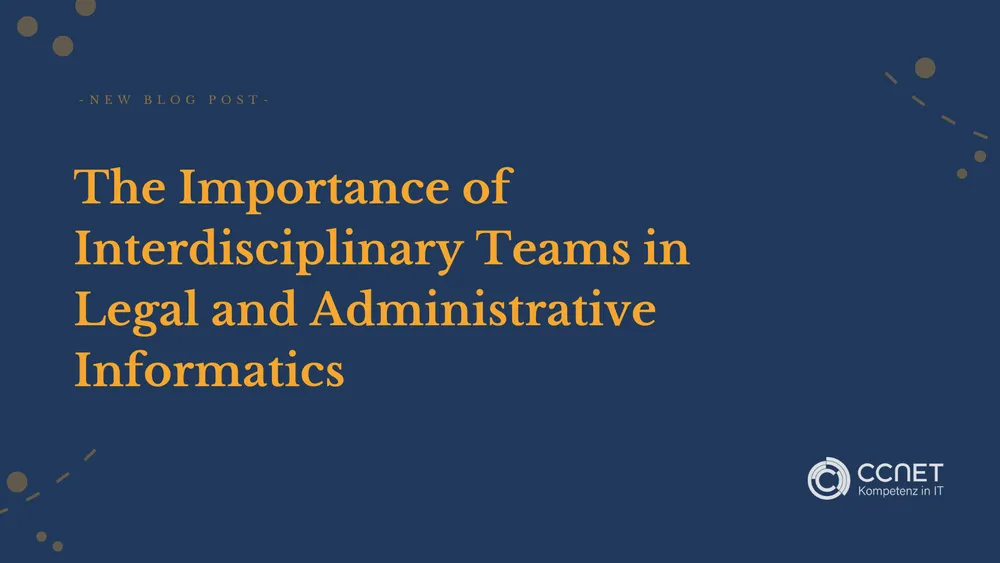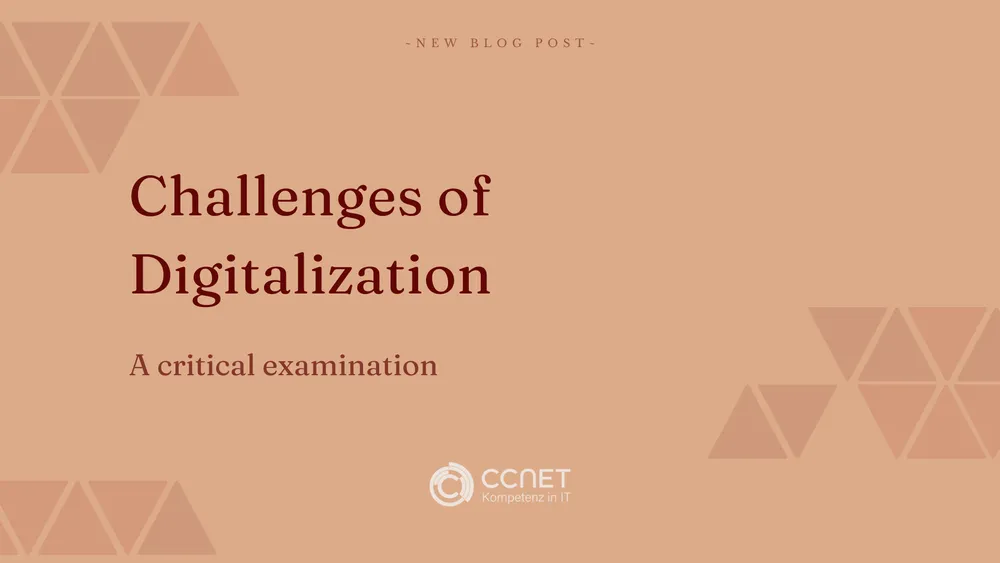
CCNet
Jun 21, 2024 • 2 min read

What is Automation in Administrative Processes? Definition and Application Areas
Welcome to our insightful series on the digital transformation of administrative procedures! Today, we delve into the role of automation in administrative processes, a pivotal technology crafted to enhance both efficiency and precision in administrative tasks. This post provides an in-depth exploration of what automation entails in this specific context, its significant impact across various sectors, and how it promotes process optimization. Join us as we navigate the transformative landscape of administrative automation!
Definition of Automation in Administrative Processes
Automation in administrative processes utilizes a range of technological tools and software solutions designed to automate tasks that are repetitive and time-consuming. These tasks can range from simple operations like filling out digital forms to more complex activities such as processing applications with the aid of artificial intelligence (AI). The primary aim of automation is to reduce the need for human intervention, thereby minimizing errors and speeding up service delivery. This not only boosts efficiency and accuracy in administrative operations but also enhances the overall productivity of organizations. For successful implementation, a thorough analysis of system requirements and capabilities is essential to ensure seamless integration and optimal functioning of automation technologies.
Application Areas of Automation
-
Electronic Document Management
Electronic document management systems (EDMS) provide a digital platform for automating the capture, storage, and management of documents. By reducing reliance on physical paperwork and enhancing the speed of access to documents, these systems significantly increase workplace efficiency and create a more dynamic work environment. -
Online Form Processing
Automation technology enables the electronic handling of form submissions, allowing individuals to fill out and submit applications online without manual intervention. This reduces the workload on administrative staff and streamlines the process, making it faster and more efficient. -
Data Analysis and Reporting
Advanced automation tools can efficiently analyze large datasets, helping organizations to identify trends and make data-driven decisions. This capability is crucial for enhancing the responsiveness and strategic decision-making of an organization.
Benefits of Automation in Administrative Processes
- Increased Efficiency:
Automated processes complete tasks more quickly and cost-effectively, which improves service delivery and significantly boosts customer satisfaction. This efficiency is vital for fostering customer loyalty and retention over the long term. - Error Reduction:
Automation ensures a consistent and precise execution of tasks, substantially reducing the likelihood of human error and enhancing the reliability of processes. - Citizen-Friendly:
By enabling citizens to interact with administrative systems from the comfort of their homes, online automated services improve accessibility and simplify governmental procedures.
Challenges and Solutions
The adoption of automation technologies, while beneficial, also introduces several challenges such as technical barriers, privacy issues, and the ongoing need for system maintenance. Addressing these challenges requires meticulous planning, a robust investment in security and data protection measures, and comprehensive training programs for employees. These steps are crucial for integrating new systems effectively and ensuring their sustainable operation while also preparing them for future scalability.
Conclusion
Automation in administrative processes is revolutionizing the delivery of administrative services by significantly enhancing both efficiency and accuracy. Despite the challenges it presents, the advantages, particularly in terms of improved citizen services and operational efficiency, are substantial. In our next discussion, we will examine successful case studies of automation across various countries, drawing lessons and identifying best practices that can be adapted to different scenarios for optimal outcomes. Stay tuned for more insights into the technological advancements shaping the future of public administration!


